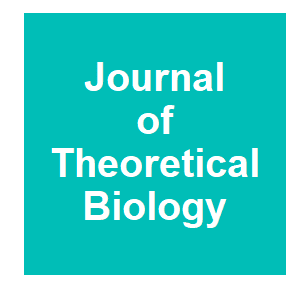Combining refuges with transgenic insect releases for the management of an insect pest with non-recessive resistance to Bt crops in agricultural landscapes

|
T. R. Brewer and M. B. Bonsall,
Journal of Theoretical Biology,
509:11.
2021.

Reinforcing the high-dose/refuge strategy with releases of transgenic insects has been suggested as a method for simultaneously managing agricultural pest populations and resistance to transgenic crops. Theoretical and empirical studies have shown that these approaches can work when deployed against closed populations and the assumptions of the HDR strategy are met. However, field-evolved resistance is often linked to non-recessive resistance or refuge non-compliance, and pest management regimes are likely to take place at the landscape-level. It is therefore important to understand how effective such strategies are when resistance is non-recessive, and how they could be employed in agricultural landscapes. We developed a spatially-explicit model to investigate the efficacy of strategies combining refuges with transgenic insect releases to manage a pest with non-recessive resistance in agricultural landscapes. We compared two release strategies, area-wide releases and localised releases targeted at population hotspots, and analysed the effects of refuge and release parameters on population and resistance dynamics. Area-wide releases reliably achieved landscape-level pest eradication. Localised releases also eradicated the pest when low release thresholds were combined with high release ratios, and maintained the pest at low densities when insufficient to achieve extinction. Reinforcing refuges with localised releases also greatly enhanced the probability of resistance extinction. However, when resistance remained in the population, localised releases prevented resistance from reaching fixation rather than greatly delaying or reversing resistance evolution. Our work indicates that combining refuges with simple release policies is effective for landscape-level pest suppression when the HDR assumptions are violated, but more nuanced release strategies may be required to enhance the benefits to resistance management. (C) 2020 Elsevier Ltd. All rights reserved. More related to this: The ethical landscape of gene drive research Dynamics of a combined medea-underdominant population transformation system Double drives and private alleles for localised population genetic control Modelling the spatial spread of a homing endonuclease gene in a mosquito population |



